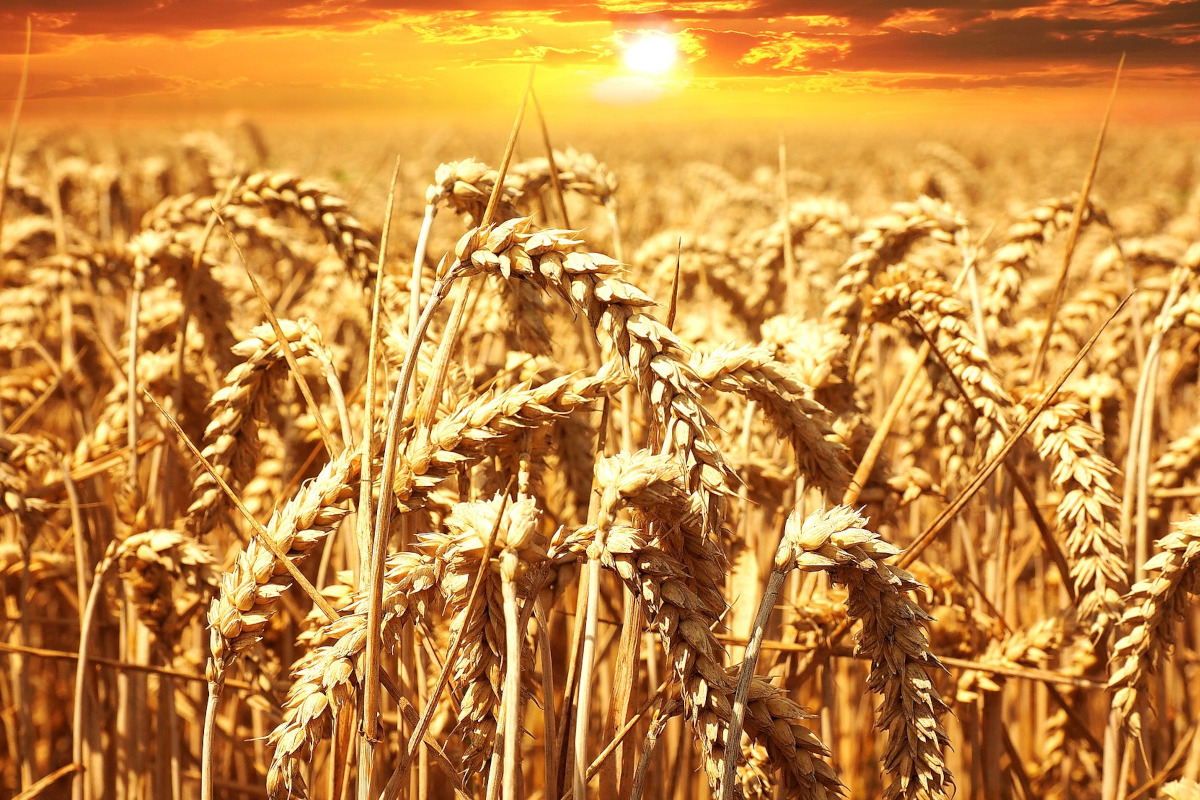
Italy historically boasts a production vocation for durum wheat, which has a strategic role as a high-quality raw material for the pasta industry.
In 2020, 1.2 million hectares were sown to durum wheat in Italy for a total production of about 4 million tons (+0.8% on 2019). Southern regions are slowly regaining the leadership in production in the face of a sharp drop in the self-supply rate, which has fallen from 70% to 56% over the past five years (source: Ismea).
Click here to discover the authentic Italian pasta on the Italianfood.net platform
PRODUCTION IN EUROPE RISES
Italy’s growth forecasts are set against a backdrop of increasing EU-27 supply, for which a substantial increase (+7.9%) is expected in 2020/21. This increase in durum wheat production in Europe should allow the supply to meet global demand, keeping on the commodity exchanges of the EU-27 commodity prices more stable than last year.
SEMOLINA IS THE CORE BUSINESS
The offer of the Italian pasta industry is articulated and commercially referable to different categories: egg pasta, cooked (stuffed and not), uncooked, fresh, dry, and frozen. There is therefore a wide variety of pasta types that potentially allow the industry to expand the range with innovative products and offer new consumption alternatives.
In 2019, egg pasta accounted for 21.2% of the value of the sector’s total production, compared to 51.8% for durum wheat semolina pasta or mixtures thereof. A remaining fifth of production (20.5%) is made up of filled pastas. In 2019, the total value of pasta produced in Italy was just under 4.8 billion euros. The largest contribution in terms of production and trade balance came from uncooked and filled pasta, which reached a turnover of more than 2.4 billion euros and a positive trade balance of almost 1.8 billion euros.
A respectable performance was recorded by filled pasta (976 million euros of production and a positive trade balance of just over 500 million euros) and egg pasta (1.1 billion euros of production value and a positive trade balance of 178 million euros). As far as the fresh, dry and frozen pasta segment is concerned, despite having the lowest incidence on the value of production (309 million euros), it nevertheless showed an export/production ratio of over 50%.
CONSUMPTION DOWN IN THE FIRST MONTHS OF 2021
Pasta consumption in Italy is expected to fall in 2021 compared to 2020, a year conditioned by the outspread of the Covid-19 pandemic. In particular, in the first few months the demand had an unexpected peak, induced by the rush to purchase as a consequence of the first shutdown.
In the coming months it is therefore likely that the market will return to pre-pandemic levels, bringing back to normal the relationship between supply and demand. The setback after an anomalous year does not affect Italy’s leadership in pasta consumption (23.1 kg per capita), which remains by far the highest in the EU-27 (average of around 10.5 kg per capita).
In such a special year, pasta was even more appreciated outside the EU as a safe and reliable food as the results of the trade balance show.
